Why Should You Choose Retail Price Monitoring For Better Market Competitiveness?
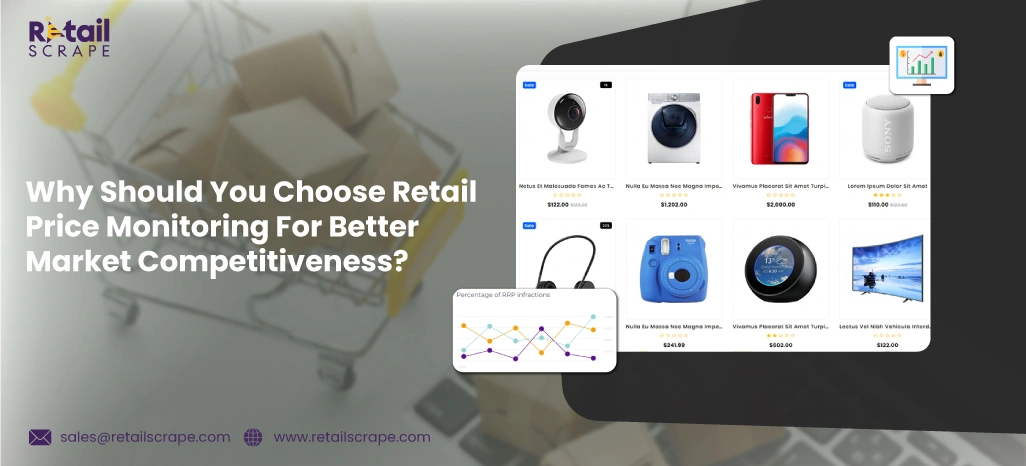
Introduction
In today’s fiercely competitive retail environment, Retail Price Monitoring has become not just a strategic advantage but a critical requirement. With consumers now having unlimited access to a vast array of options across digital platforms, retailers must continuously optimize their pricing strategies in real-time. Businesses can strengthen and maintain their market position by effectively tracking competitor prices, market trends, and consumer behavior.
An efficient Retail Price Monitoring system allows companies to safeguard their profitability, preserve brand reputation, and improve customer satisfaction. Thanks to the latest advancements in artificial intelligence and automation technology, businesses of all sizes can now implement Real-Time Price Monitoring solutions at scale, gaining a competitive edge like never before.
What is Retail Price Monitoring?
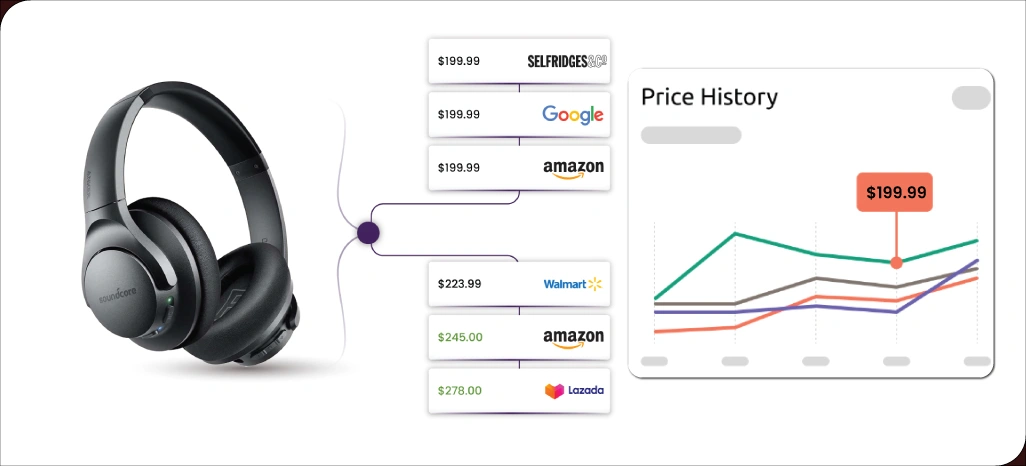
Retail Price Monitoring refers to continuously tracking, analyzing, and responding to price changes within retail markets. By collecting data from various sources, such as competitor websites, online marketplaces, and in-store pricing, businesses can use these insights to inform smarter pricing decisions.
This comprehensive strategy empowers retailers to:
- Monitor competitor pricing strategies
- Recognize emerging market trends
- Detect unusual pricing patterns
- Implement dynamic pricing adjustments to stay competitive
Key Benefits of Price Monitoring
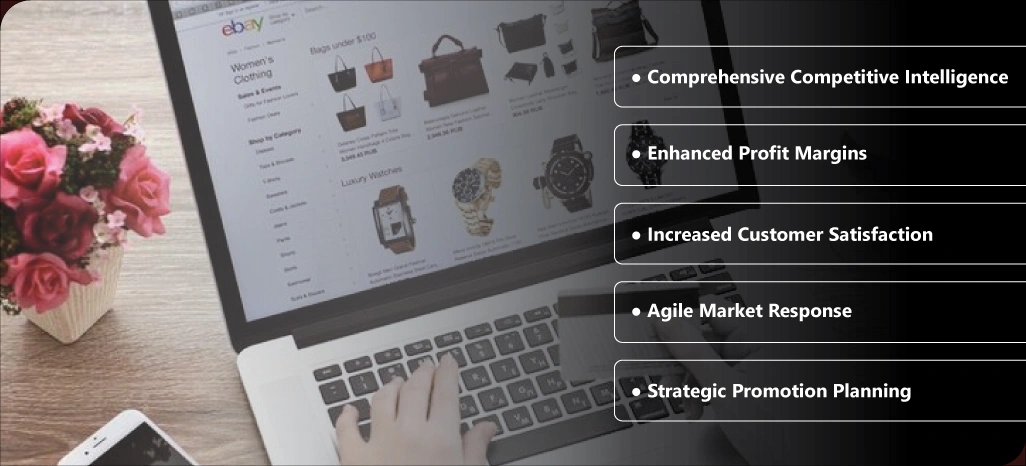
Price monitoring is vital for ensuring that your pricing remains competitive, adaptive, and optimized to meet customer expectations and business goals.
Here's a breakdown of the key advantages:
- Comprehensive Competitive Intelligence
- Enhanced Profit Margins
- Increased Customer Satisfaction
- Agile Market Response
- Strategic Promotion Planning
Retailers gain valuable insights by comparing their prices to competitors, identifying pricing gaps, and adjusting their pricing strategies effectively. Competitor Price Scraping tools notify retailers instantly when competitors make price changes on key products.
With ongoing Price Monitoring, retailers ensure their products are priced optimally, not too high to drive away customers or too low to compromise profitability. Achieving this balance is essential for maintaining a competitive edge while safeguarding margins.
Shoppers are placing greater emphasis on transparent and fair pricing. With Real-Time Price Tracking Solutions For Retailers, you can guarantee competitive prices that foster customer loyalty and keep them engaged.
Quick adaptation to market changes, whether due to flash sales, inventory adjustments, or shifts in seasonal demand, can significantly influence retail success. Monitoring provides the flexibility to adjust pricing strategies swiftly and effectively.
Access to historical pricing data allows retailers to identify the best times and price points for promotional activities, ensuring that campaigns are well-timed and maximally effective.
Retail Price Monitoring vs Traditional Pricing
| Feature | Retail Price Monitoring | Traditional Pricing |
|---|---|---|
| Real-Time Updates | Yes | No |
| Competitor Price Visibility | High | Low |
| Data-Driven Decisions | Yes | No |
| Efficiency | Automated | Manual |
| Scalability | High | Low |
Modern Price Comparison Tools eliminate guesswork, deliver data-driven insights, and enable more informed and strategic pricing decisions. This level of precision and adaptability surpasses the limitations of traditional pricing methods.
Use Cases of Retail Price Monitoring
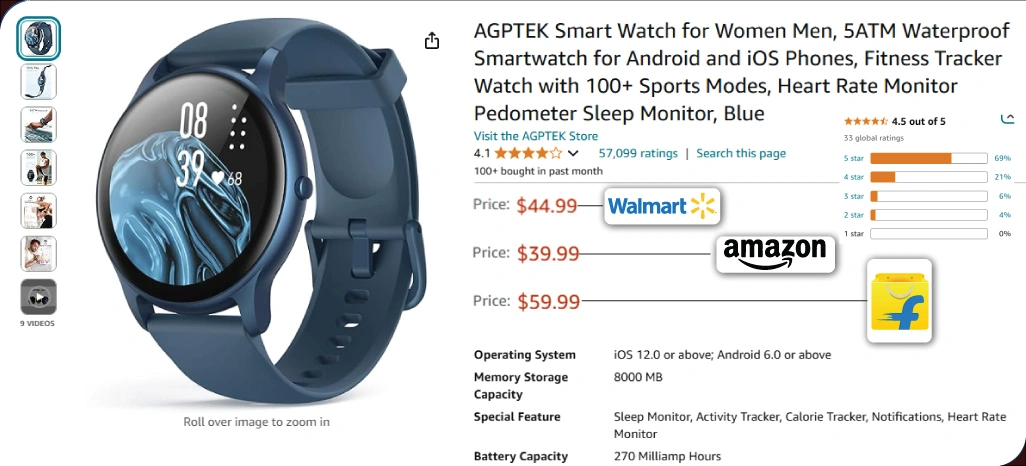
Retail Price Monitoring refers to tracking and analyzing product pricing across various channels to stay competitive, optimize margins, and ensure pricing compliance.
- E-commerce Leaders
- Brick-and-Mortar Retailers
- Brands and Manufacturers
Online marketplaces like Amazon, Walmart, and Flipkart leverage Price Monitoring Tools to adjust real-time product pricing. These tools consider factors like competitor pricing, inventory fluctuations, and shifting consumer demand, enabling platforms to stay agile and competitive.
Traditional retailers with an online presence rely on Web Scraping For Price Tracking to ensure pricing consistency across physical outlets and e-commerce channels. This helps them maintain competitiveness while aligning with customer expectations in both spaces.
Leading brands and producers implement Dynamic Pricing Solutions to monitor pricing across the retail ecosystem. These solutions are essential for identifying unauthorized sellers and enforcing Minimum Advertised Pricing (MAP) policies throughout their distribution networks.
How Price Monitoring Tools Work?
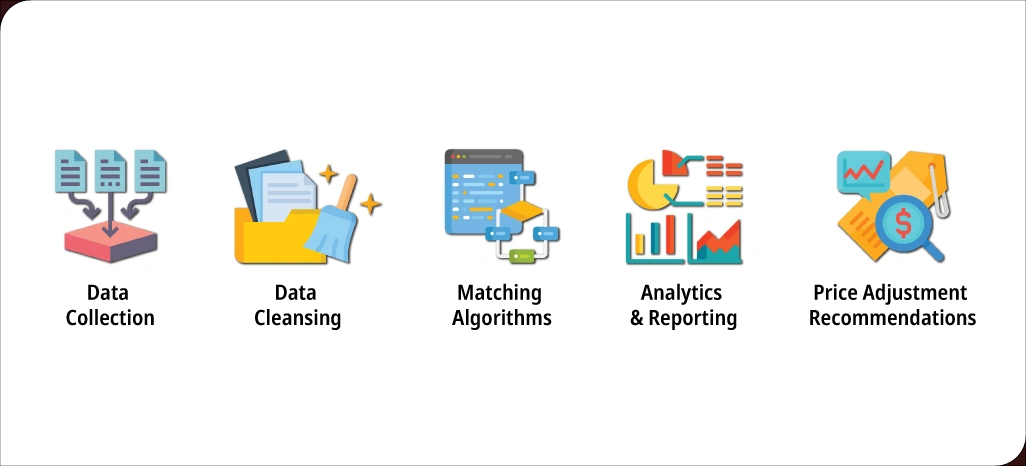
Price Monitoring Tools automate the process of tracking, analyzing, and responding to market price changes across various platforms using intelligent data technologies.
Data Collection
The process begins with Advanced Web Scraping For Price Tracking and robust APIs and system integrations to gather detailed pricing and product information from multiple sources.
Data Cleansing
Collected data is processed through automated filters and validation layers, ensuring that only relevant, accurate information flows into the analysis system.
Matching Algorithms
Sophisticated technology is deployed to identify and map identical products across different retail platforms, enabling comparisons.
Analytics & Reporting
With real-time dashboards and historical reports, businesses gain actionable insights that support swift, data-driven decisions.
Price Adjustment Recommendations
Leveraging AI, the system generates optimal pricing strategies, helping businesses stay competitive through intelligent price recommendations.
Key Features to Look for in Price Monitoring Tools
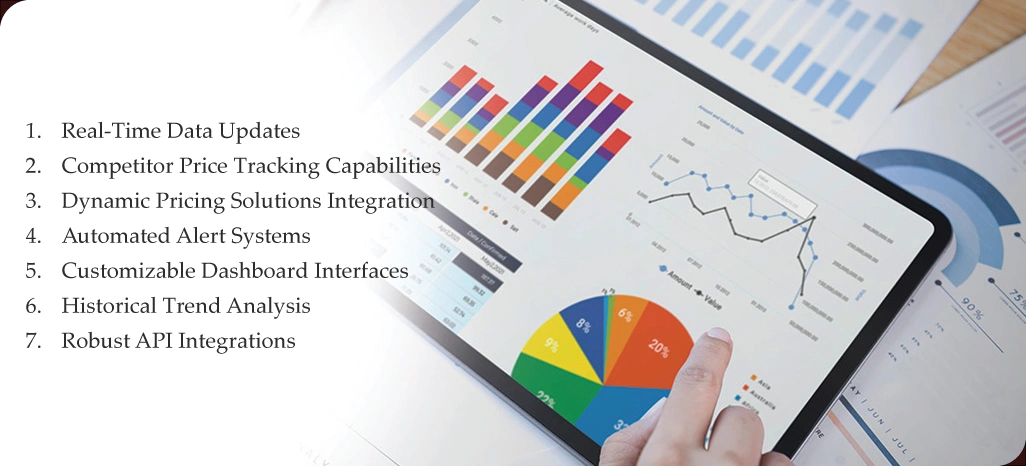
When evaluating Price Monitoring Tools, it's essential to focus on features that provide accurate, timely, and actionable insights to support strategic pricing decisions. Below are the key features that set powerful tools apart:
- Real-Time Data Updates
- Competitor Price Tracking Capabilities
- Dynamic Pricing Solutions Integration
- Automated Alert Systems
- Customizable Dashboard Interfaces
- Historical Trend Analysis
- Robust API Integrations
Price Optimization: A Natural Outcome
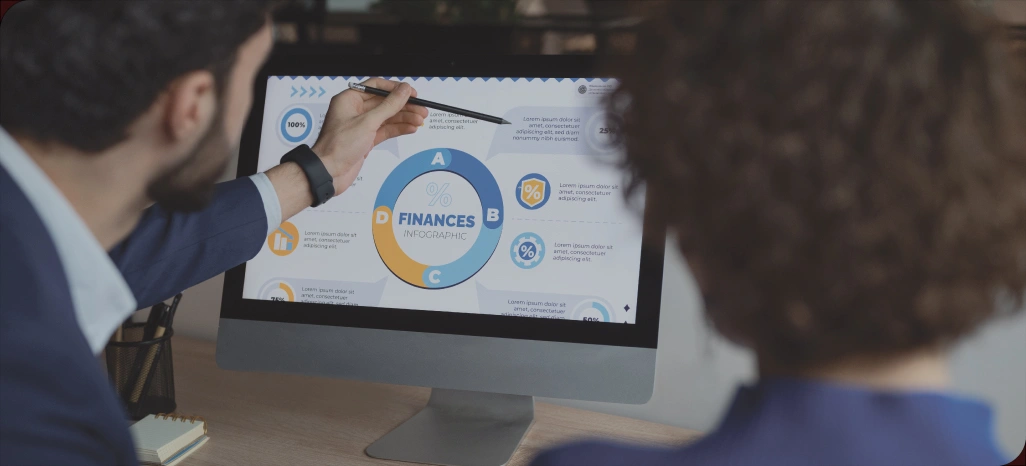
Our Price Optimization Service leverages advanced pricing data to identify the most effective price points that drive revenue growth while preserving customer satisfaction. This dynamic approach incorporates a range of critical factors, including:
- Competitor pricing strategies
- Consumer demand patterns
- Current inventory levels
- Product lifecycle position
- Promotional performance metrics
With the power of Comprehensive Price Monitoring, we provide precise, real-time data that fuels the Price Optimization Service engine, enabling data-driven, smarter pricing decisions across your entire product portfolio.
Intelligent Pricing: Unlocking New Opportunities

Intelligent Pricing harnesses the power of AI and machine learning algorithms to continuously adapt to pricing patterns and provide real-time recommendations for optimal pricing strategies.
The key benefits of this approach include:
- Reduced risk of human error
- Rapid adaptation to market fluctuations
- In-depth multivariable analysis (inventory, competitor prices, seasonality)
- Enhanced revenue and profitability outcomes
Challenges in Retail Price Monitoring
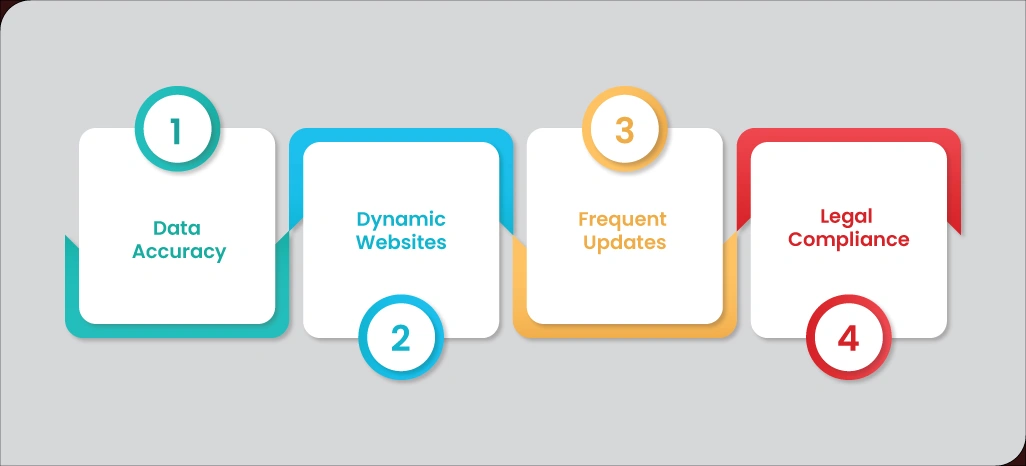
Retail Price Monitoring offers tremendous benefits but also presents several challenges that must be addressed:
- Data Accuracy: Variations in product descriptions and SKUs can make it challenging to ensure accurate pricing comparisons.
- Dynamic Websites: Many competitor sites feature JavaScript-heavy pages, requiring advanced scraping techniques to gather data effectively.
- Frequent Updates: In highly competitive sectors, prices can fluctuate multiple times throughout the day, demanding continuous monitoring.
- Legal Compliance: Different regional regulations may limit data collection practices, complicating data harvesting.
To overcome these hurdles, businesses can leverage sophisticated Price Monitoring Tools, integrate machine learning for precise product matching, and adhere to strict compliance protocols to ensure consistent and reliable data extraction.
The Role of Web Scraping in Price Tracking
Web Scraping For Price Tracking is the backbone for dynamic and efficient price tracking in the retail landscape. This method allows the extraction of critical product data, such as prices, product titles, images, and availability, from online platforms.
Key tools involved in this process include:
- Programming libraries like BeautifulSoup and Scrapy
- Selenium for navigating JavaScript-intensive websites
- Headless browsers such as Puppeteer
- Rotating proxies to bypass site restrictions and prevent blocking
These technologies empower businesses to automate and scale price-tracking efforts, enabling them to monitor thousands of products and competitors in real time.
Price Comparison for Strategic Decisions
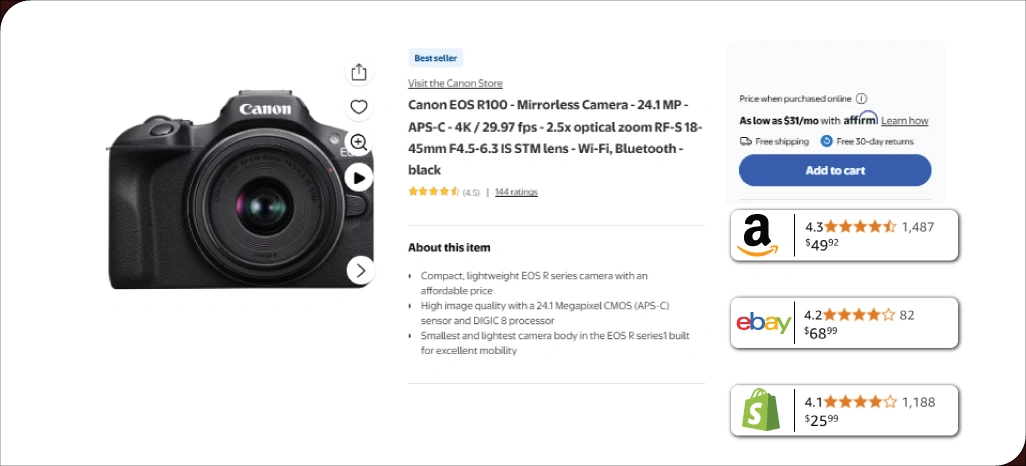
Price Comparison Tools offer more than just consumer benefits—they are essential for shaping effective business strategies. Gaining insights into how your prices stack up against competitors enables you to:
- Prevent underpricing or overpricing of your products
- Create impactful promotional campaigns that stand out
- Support premium pricing for value-driven products
- Detect and address unauthorized or counterfeit sellers
Real-Time vs Historical Price Monitoring
| Monitoring Type | Description | Primary Benefit |
|---|---|---|
| Real-Time | Tracks price changes as they occur | Facilitates immediate decision-making |
| Historical | Collects and analyzes past pricing data | Enhances trend analysis and forecasting |
Integrating Real-Time Price Monitoring with historical analysis forms a robust foundation for informed and strategic pricing decisions.
Case Study: Fashion Retailer Success Story
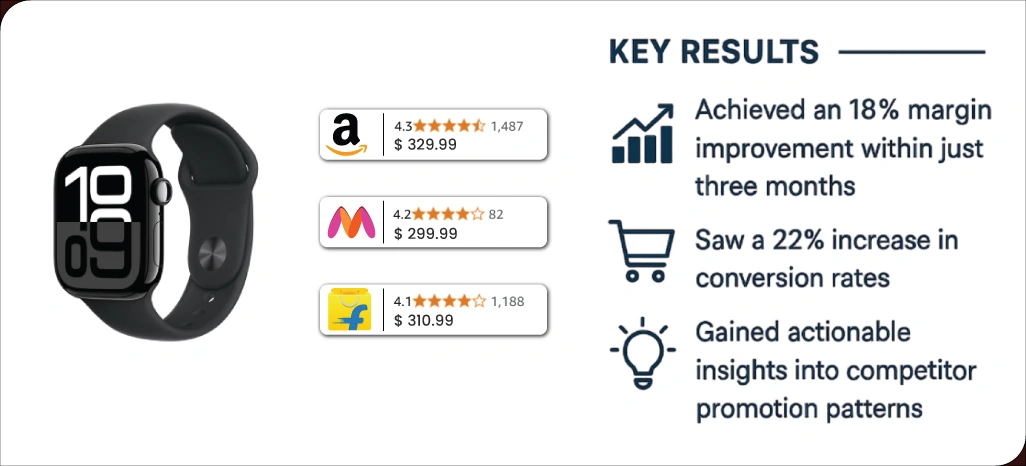
A prominent mid-sized fashion brand leveraged a robust Real-Time Price Monitoring Service to monitor competitor pricing across key platforms such as Myntra, Amazon, and Flipkart.
Key Results:
- Achieved an 18% margin improvement within just three months
- Saw a 22% increase in conversion rates
- Gained actionable insights into competitor promotion patterns
This case study highlights the significant impact of well-executed Dynamic Pricing Solutions on enhancing business performance and driving better results.
Integrating Price Monitoring with Other Systems
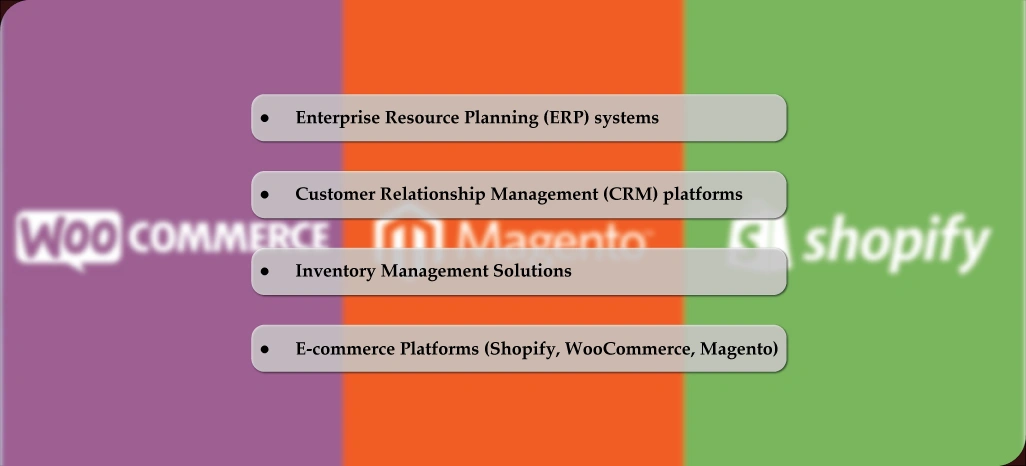
Modern Price Monitoring Tools effortlessly integrate with key systems, including:
- Enterprise Resource Planning (ERP) systems
- Customer Relationship Management (CRM) platforms
- Inventory Management Solutions
- E-commerce Platforms (Shopify, WooCommerce, Magento)
This seamless integration guarantees that your pricing strategies remain consistent and data-driven, ensuring smooth operations across all departments and platforms.
Retail Categories That Benefit Most
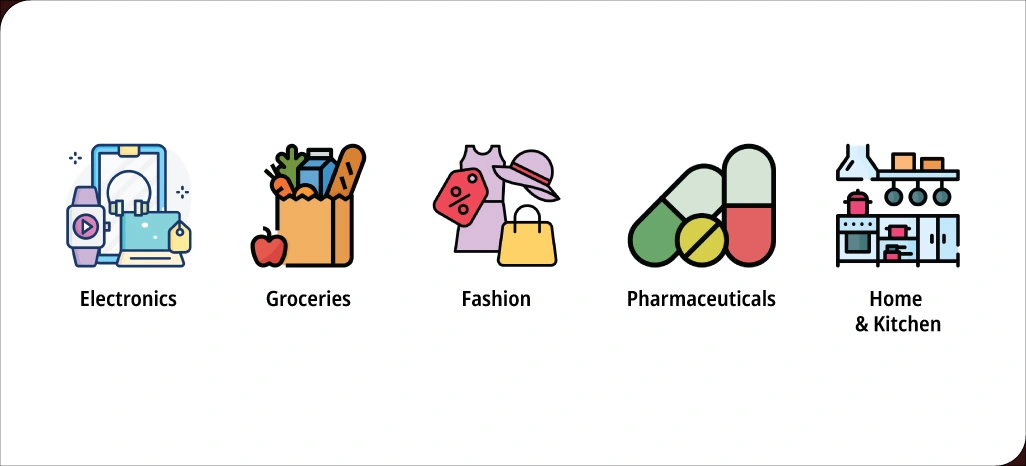
Specific retail categories are advantageous for leveraging real-time price monitoring and competitor price scraping. These sectors experience unique dynamics that demand constant attention to pricing strategies:
- Electronics: A fast-paced, price-sensitive market characterized by constant price fluctuations.
- Groceries: Frequent price updates and notable regional differences make this category ideal for price monitoring.
- Fashion: Seasonal trends necessitate accurate demand forecasting and clearance price optimization.
- Pharmaceuticals: Pricing structures driven by regulatory compliance require precise monitoring.
- Home & Kitchen: A wide array of products with significant opportunities for comparative price analysis.
Price Monitoring for Marketplace Sellers

Sellers operating on competitive platforms such as Amazon, Flipkart, and eBay often face challenges from rival vendors. Implementing real-time price tracking solutions enables retailers to:
- Ensure Buy Box eligibility
- Detect undercutting competitors
- Track MAP violations
- Strategically respond to price wars
These key actions allow sellers to stay competitive and adjust their strategies effectively in fast-paced marketplaces.
Legal & Ethical Considerations

Retailers should prioritize the following:
- Platform Terms of Service: Breaching the terms set by competitor platforms may lead to penalties and restrictions.
- Data Privacy Regulations: Always ensure that customer data is only extracted with explicit consent and in compliance with relevant privacy laws.
- Fair Competition Laws: Avoid engaging in activities that could be interpreted as price collusion or unfair competitive practices.
Maintaining ethical data collection practices, with proper consent and transparent usage, is essential for long-term operational success.
Future Trends in Retail Price Monitoring
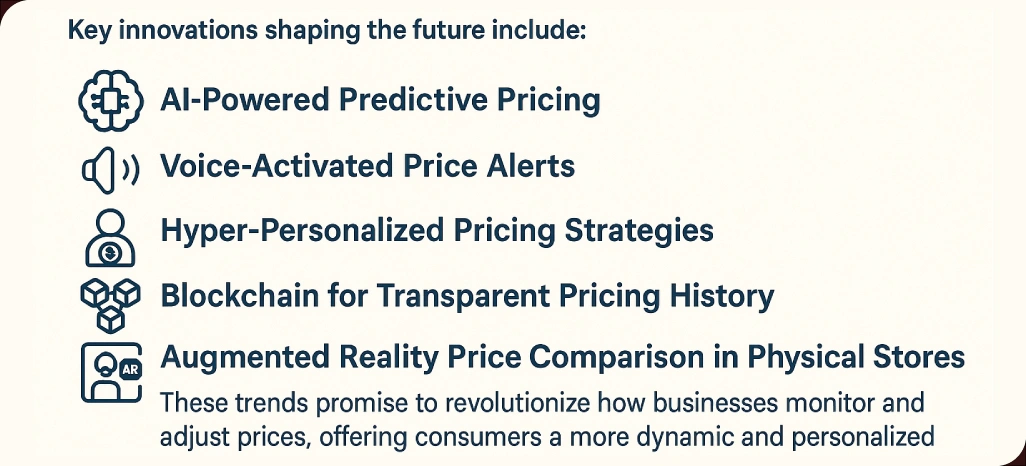
The landscape of Retail Price Monitoring is rapidly evolving with advancements in technology.
Key innovations shaping the future include:
- AI-Powered Predictive Pricing
- Voice-Activated Price Alerts
- Hyper-Personalized Pricing Strategies
- Blockchain for Transparent Pricing History
- Augmented Reality Price Comparison in Physical Stores
These trends promise to revolutionize how businesses monitor and adjust prices, offering consumers a more dynamic and personalized shopping experience.
Conclusion
In today's dynamic retail environment, businesses must move beyond traditional pricing approaches. Retail Price Monitoring has become essential for staying competitive in rapidly evolving markets. Retailers implementing robust Price Optimization Services can protect margins while building long-term customer loyalty through transparent pricing strategies.
Ready to transform your pricing strategy? Contact Retail Scrape today to learn how our advanced Modern Price Comparison Tools can help your business gain a competitive edge. Our pricing experts will analyze your needs and develop a customized solution that drives profitability while maintaining customer satisfaction. Don't let competitors dictate your market position—take control of your pricing strategy and start seeing results within weeks.
